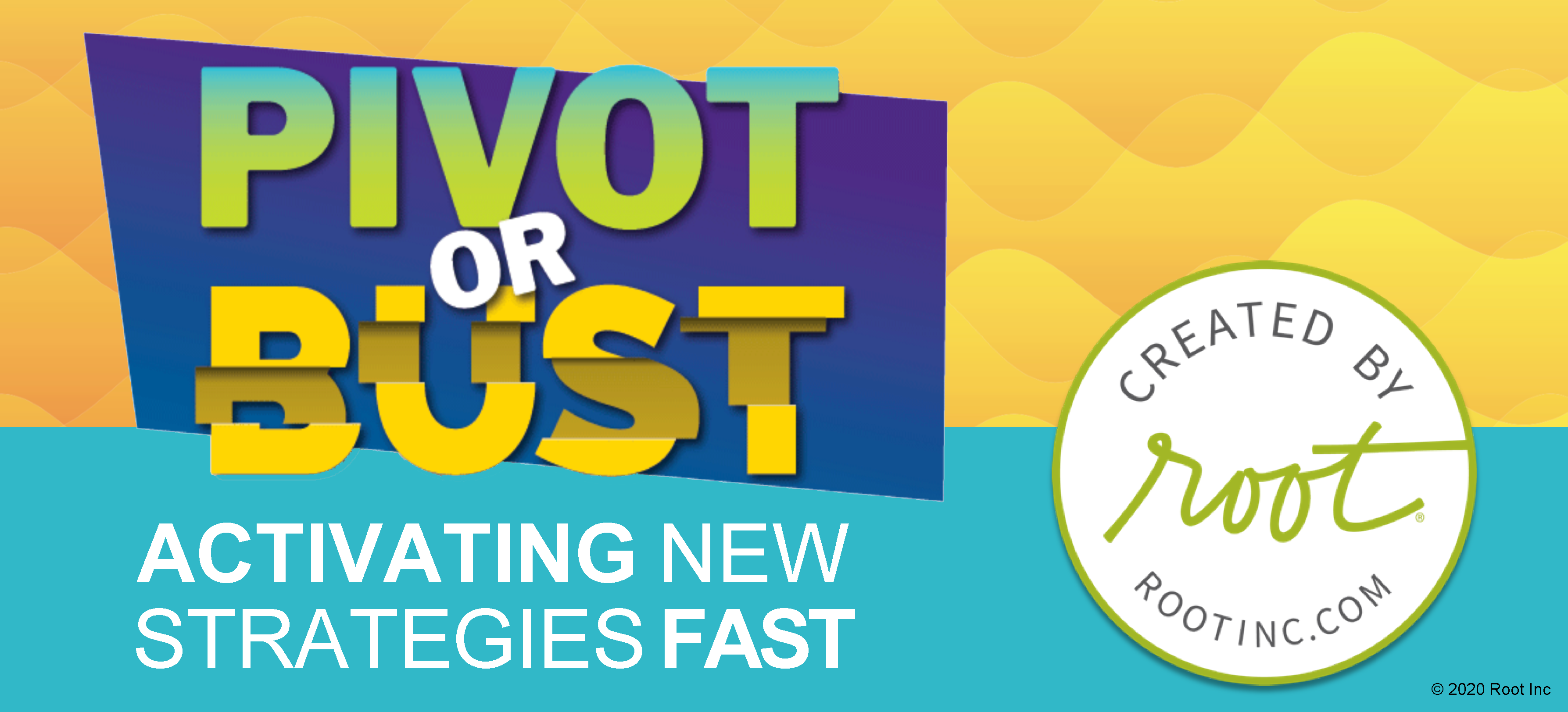We live in a remote world – a world in which organizations must find ways to hold events and conferences that engage and educate attendees without driving event planners insane in the process. Because moving from in-person to virtual events can be daunting, here are 10 tips designed to make online interactions as impactful as face-to-face ones.
Tips for Planning and Facilitating an Amazing Virtual Event
- Choose your platform wisely.Choosing the right platform will allow you to drive toward your goals as you direct the experience for your attendees.
- Do your prep work. What will people have to do to get rolling? Will they need to set up new accounts with new usernames and passwords? How will you coordinate this? Alternatively, can you use your current learning management system and build your event in your current platform?
- Don’t get too fancy.The platform you choose will likely offer many bells and whistles. Do you need these features? Probably not – too many features can be a distraction and make the event difficult to navigate. People will remember the connections and the unity among the attendees, not the technological gimmicks. Features don’t make the experience.
- Plan your navigation carefully. Do you want people wandering from room to room on their own? Or do you need to create a guided experience to achieve your desired outcomes?
- Create a custom agenda. Avoid taking a one-size-fits-all approach with your event’s agenda. Your event is unique, so make sure your agenda reflects this. Also, if you can, build your custom agenda on a platform that everyone can log into using existing credentials. (Making things EASY is key!)
- Practice, practice, practice. Practice the mechanics of each part of the agenda. Familiarize yourself with the web conferencing platform you’re using, so you can be sure the activities are working as expected when you go live.
- Keep things interesting – don’t host a typical web event.Some people may be used to attending “text ‘n’ next” webinars where they passively sit and listen to someone present. Design your event to be interactive. Use a variety of engagement methods – such as video, small-group and large-group discussions, networking, pre-work exercises, and accompanying physical materials – but present the materials through a single portal.
- Put people in a story that you direct and control. Curate the experience so people don’t get lost. Help them focus on the experience instead of on how to get to the next room.
- Be precise.Be as specific as possible in written and verbal instructions – for example, “Share your answer in the chat pane. Make sure to select ‘All Participants’ when choosing who to share your answer with.”
- Bookend and buffer. Consider adding 15 minutes to the beginning of your agenda to allow time for participants to connect to the session and troubleshoot any technical problems that may arise. You can also add time at the end for questions and networking. Treat virtual milestones like in-person milestones and put set-up time and tear down/debrief time on appropriate project partners’ calendars.
For more help on creating a virtual meeting, conference, or other event that leaves attendees in awe, check out this advice too.









